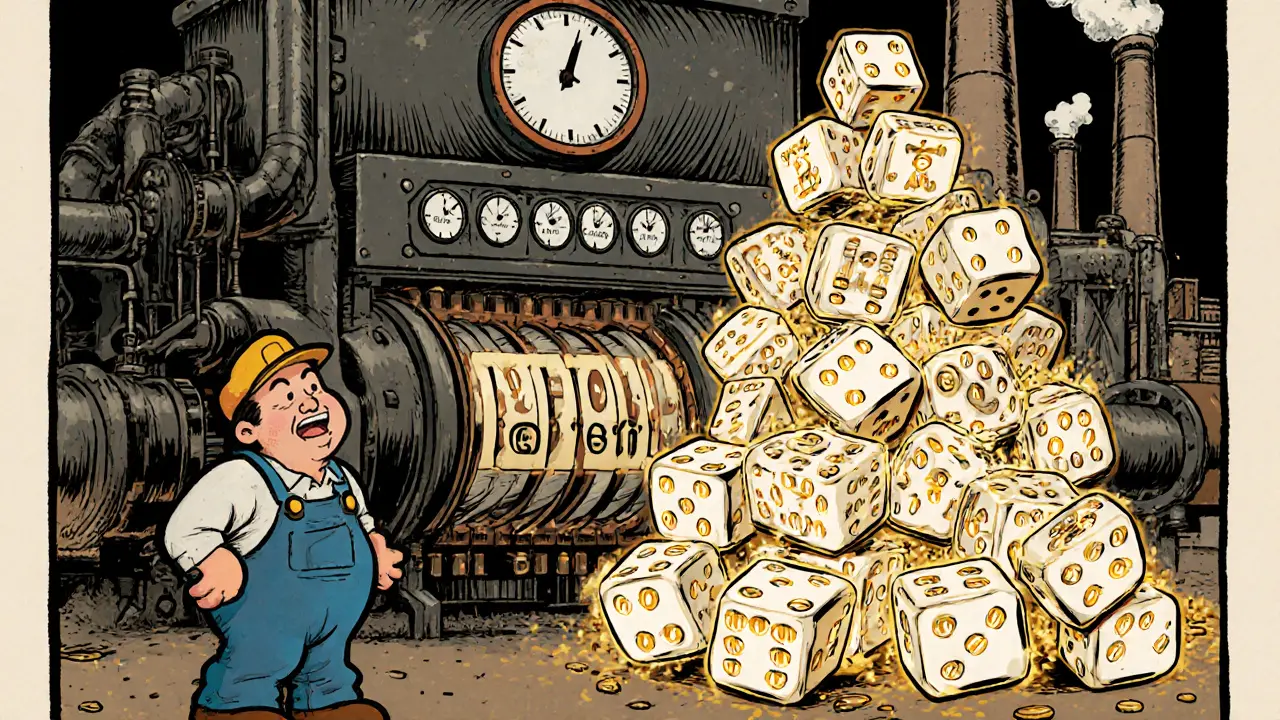Bitcoin Mining: How It Works, Who Does It, and What You Need to Know
When you hear Bitcoin mining, the process of validating Bitcoin transactions and adding them to the blockchain by solving complex math problems. Also known as crypto mining, it’s the engine that keeps Bitcoin running without banks or middlemen. Every ten minutes, a new block of transactions is confirmed by miners using powerful computers. This isn’t magic—it’s proof of work, a consensus system that rewards honest participants and punishes bad actors with energy and hardware costs. Without miners, Bitcoin would stop. No one controls it. No one can reverse transactions. It just works because thousands of machines are constantly competing to solve the next puzzle.
Early on, you could mine Bitcoin with a regular laptop. Now, it’s all about ASIC miners, specialized hardware built only for Bitcoin mining that uses far less power than old graphics cards. These machines cost thousands of dollars, eat massive amounts of electricity, and are usually run in warehouses or by large groups. The average home miner today loses money unless they have cheap power—like in parts of Texas, Kazakhstan, or Georgia. The system is designed this way: as more miners join, the difficulty goes up, making it harder and more expensive to earn Bitcoin. Only those who can cut costs survive.
Bitcoin mining isn’t just about profit—it’s about security. Every time someone mines a block, they lock in the transaction history and prevent fraud. That’s why hackers can’t just fake Bitcoin balances. They’d need to control more than half the world’s mining power, which costs billions. This is why Bitcoin is still the most trusted crypto network after 15 years. Even as new blockchains try to replace proof of work with greener systems, Bitcoin sticks with it because it’s proven, simple, and battle-tested.
What you’ll find here are real stories and clear breakdowns—not hype. You’ll see how mining affects your wallet, why some countries ban it, how electricity prices change the game, and why some coins called "Bitcoin clones" never really work like the real thing. There’s no fluff. Just facts about what’s happening now, who’s doing it, and what it means for you as a crypto user.

Future of Mining Pool Industry: Trends, Tech, and Competition Through 2025
The future of the mining pool industry in 2025 is defined by competition, tech innovation, and miner-focused services. Leading pools now offer staking, AI-driven tools, and compliance certifications-not just lower fees.

How Hash Rate Affects Mining Difficulty in Bitcoin
Hash rate and mining difficulty are locked in a balancing act that keeps Bitcoin’s blockchain stable. As more miners join, difficulty rises to maintain 10-minute block times. This system ensures security, fairness, and predictability.
© 2025. All rights reserved.